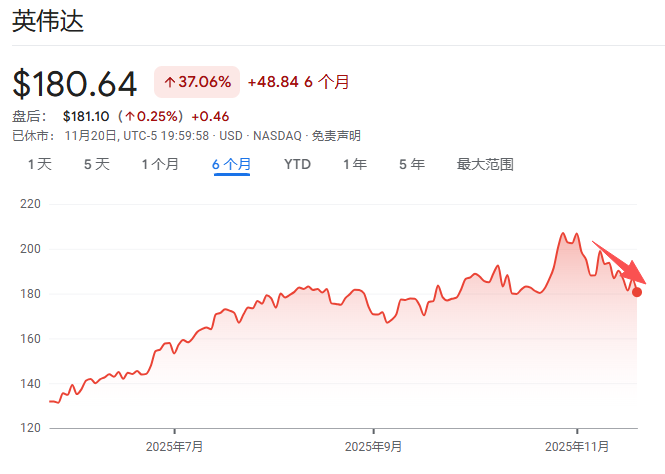The U.S. Strategic Bitcoin Reserve and the Institutional Revolution: Geopolitical and Institutional Tailwinds for Bitcoin’s Long-Term Value
- U.S. Strategic Bitcoin Reserve (SBR) of 200,000 BTC ($18-22B) legitimizes Bitcoin as a global store of value, positioning the U.S. as a digital asset innovation leader. - Institutional adoption surged, with 59% of portfolios including Bitcoin by Q2 2025, driven by corporate treasury holdings and $118B inflows into U.S. spot Bitcoin ETFs. - Regulatory frameworks like the BITCOIN Act and state-level SBRs (e.g., Texas’ $10M allocation) normalize Bitcoin as a legitimate asset class alongside gold. - Bitcoin’
The establishment of the U.S. Strategic Bitcoin Reserve (SBR) marks a pivotal shift in how nations and institutions perceive Bitcoin. By designating 200,000 bitcoins—valued at $18–$22 billion—as a long-term store of value, the Trump administration has not only legitimized Bitcoin’s role in global finance but also positioned the U.S. as a leader in digital asset innovation [1]. This move, coupled with the creation of a Digital Asset Stockpile for non-Bitcoin cryptocurrencies, reflects a strategic recognition of Bitcoin’s fixed supply and its potential to hedge against currency devaluation and geopolitical uncertainty [5].
Institutional adoption has accelerated in lockstep with these developments. By Q2 2025, 59% of institutional portfolios included Bitcoin or real-world assets (RWAs), with corporations like Empery Digital and MicroStrategy amassing significant holdings [1]. The latter’s acquisition of 3,081 BTC in Q3 2025, bringing its total to 632,457 BTC, underscores Bitcoin’s growing appeal as a corporate treasury asset [5]. This trend is further amplified by the $118 billion inflow into U.S. spot Bitcoin ETFs, with BlackRock’s IBIT dominating 89% of the market share [2]. Such institutional demand has removed 18% of Bitcoin’s circulating supply from active trading, reinforcing its scarcity premium and long-term value proposition [2].
Regulatory clarity has been a critical enabler. The approval of spot Bitcoin ETFs, the passage of the GENIUS Act, and the introduction of the BITCOIN Act of 2025—proposing the acquisition of one million Bitcoin for secure cold storage—have normalized digital asset investments [1][4]. These measures, alongside the opening of 401(k) accounts to Bitcoin, signal a systemic shift toward treating Bitcoin as a legitimate asset class [1]. At the state level, New Hampshire and Texas have pioneered their own SBRs, with Texas allocating $10 million to cement its status as a crypto innovation hub [3].
Geopolitical and macroeconomic factors further bolster Bitcoin’s case. With global M2 money supply surpassing $90 trillion and inflationary pressures persisting, Bitcoin’s role as a hedge against currency debasement becomes increasingly compelling [5]. The U.S. SBR and state-level initiatives are not merely speculative gambles but calculated responses to a world where traditional reserves face erosion. As on-chain metrics like MVRV-Z and aSOPR indicate sustained institutional buying despite an 89% price correction in August 2025, the market’s resilience suggests that Bitcoin’s price floor is being propped up by deepening institutional participation [5].
The implications are profound. Over 30% of Bitcoin’s circulating supply is now held by centralized entities, a structural shift that mirrors the evolution of gold from a commodity to a financial asset [4]. As governments and institutions continue to integrate Bitcoin into their strategic reserves, its value will increasingly be determined by its utility as a store of value and a diversification tool in an era of monetary experimentation.
Source:
[1] Bitcoin's Q3 2025 Surge: Navigating Fed Policy and Institutional Capital Shifts
[2] The Rise of Public Bitcoin Miners and Institutional Adoption
[3] Strategic Bitcoin Reserves: US Federal & State Initiatives
[4] Text of S. 954: BITCOIN Act of 2025 (Introduced version)
[5] 25Q3 Bitcoin Valuation Report by Tiger Research
Disclaimer: The content of this article solely reflects the author's opinion and does not represent the platform in any capacity. This article is not intended to serve as a reference for making investment decisions.
You may also like
Synthetix held a contract trading competition, but the discouragement effect was overwhelming...
Only about 20% of participants managed to avoid losing more than 90%.

"AI Godmother" Fei-Fei Li's Latest Interview: I Didn't Expect AI to Become So Popular, the Next Frontier Is Spatial Intelligence
If AI leads humanity into an extinction crisis, it will be humanity's fault, not the machines'. If superintelligence emerges, why would humanity allow itself to be taken over? Where are collective responsibility, governance, and regulation? "Spatial intelligence" may fundamentally change the way we understand the world.
Has the four-year cycle of Bitcoin failed?
The various anomalies in this cycle—including waning sentiment, weakening returns, disrupted rhythms, and institutional dominance—have indeed led the market to intuitively feel that the familiar four-year cycle is no longer effective.

At an internal Nvidia meeting, Jensen Huang admitted: It's too difficult. "If we do well, it's an AI bubble," and "if we fall even slightly short of expectations, the whole world will collapse."
Jensen Huang has rarely admitted that Nvidia is now facing an unsolvable dilemma: if its performance is outstanding, it will be accused of fueling the AI bubble; if its performance disappoints, it will be seen as evidence that the bubble has burst.
